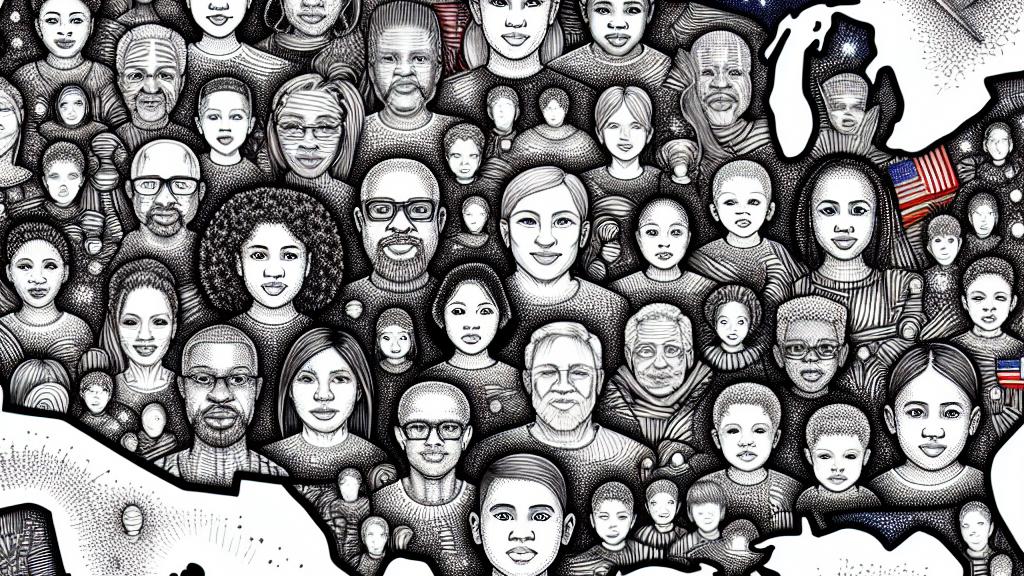Understanding the Multiracial Population Changes in the 2020 Census
Overview
- The 2020 Census revealed a surprising uptick in multiracial identification, igniting important discussions across the nation.
- Researchers assert that this increase stems more from changes in classification practices than from genuine demographic shifts.
- This reality highlights the complex dynamics of identity and societal perceptions in contemporary America.

The Illusion of Growth
When the 2020 Census results hit the media, many people couldn’t help but celebrate what appeared to be a cultural renaissance in the United States. The number of individuals identifying as multiracial skyrocketed from 2.9% to an astonishing 10.2% over the decade. But hold on! Princeton sociologists Paul Starr and Christina Pao argue this spike might be more of an illusion than a breakthrough in identity. They explain that, for the first time, respondents could write in their family origins. This seemingly simple change led to a wave of reclassifications, shifting many people’s identity labels without their explicit consent. For example, a kid who might see themselves as just ‘Hispanic’ could suddenly be categorized as multiracial simply by noting their parents’ varied backgrounds.
Why the Changes Matter
As initial excitement gave way to scrutiny, anxiety bubbled to the surface—especially among conservative commentators who interpreted the decline in the white alone population as a potential crisis, plunging from 72.4% to 61.6%. This reaction reveals deep-seated fears about changing demographics in a nation that prides itself on its melting pot identity. The Census Bureau's new method has categorized individuals who marked both Black and Latin American origins as multiracial. Such blurring between identity and ancestry raises critical questions. Think about it: how might political dynamics shift when those with multiracial identities begin to gain significant representation? This reality has the power not only to modify voting districts but also to reshape civil rights enforcement and public policy in impactful ways.
Implications for Multiracial Individuals
Living as a multiracial person often means grappling with a rich yet complex identity. These individuals frequently find themselves squeezed between cultural expectations, leading to unique challenges. Robin DiAngelo poignantly notes that multiracial people walk a tightrope, often feeling the urge to conform to one racial identity while facing pressure from multiple communities. Imagine being perceived as Hispanic in some circles yet unable to fully resonate with that identity due to your diverse heritage. The emotional toll can be profound, often leading to feelings of isolation or confusion. Yet, it also cultivates a vibrant, multifaceted identity that defies conventional labels. It’s essential to recognize and value these challenges, as they not only underscore the importance of inclusivity but also provoke a much-needed conversation about what it truly means to navigate multiracial identity in today’s society.

Loading...